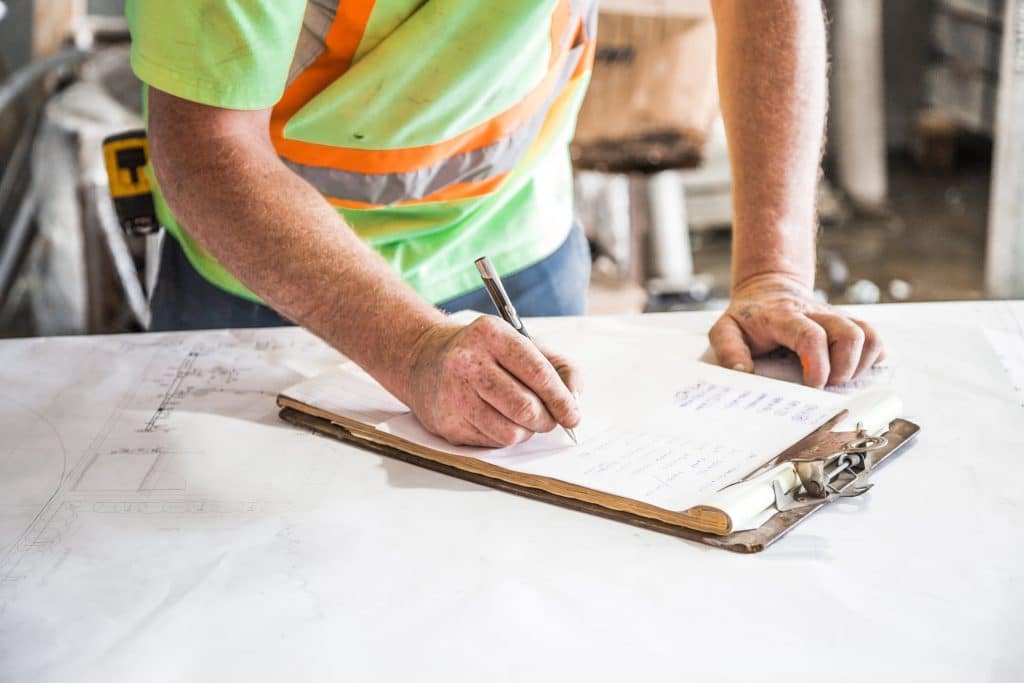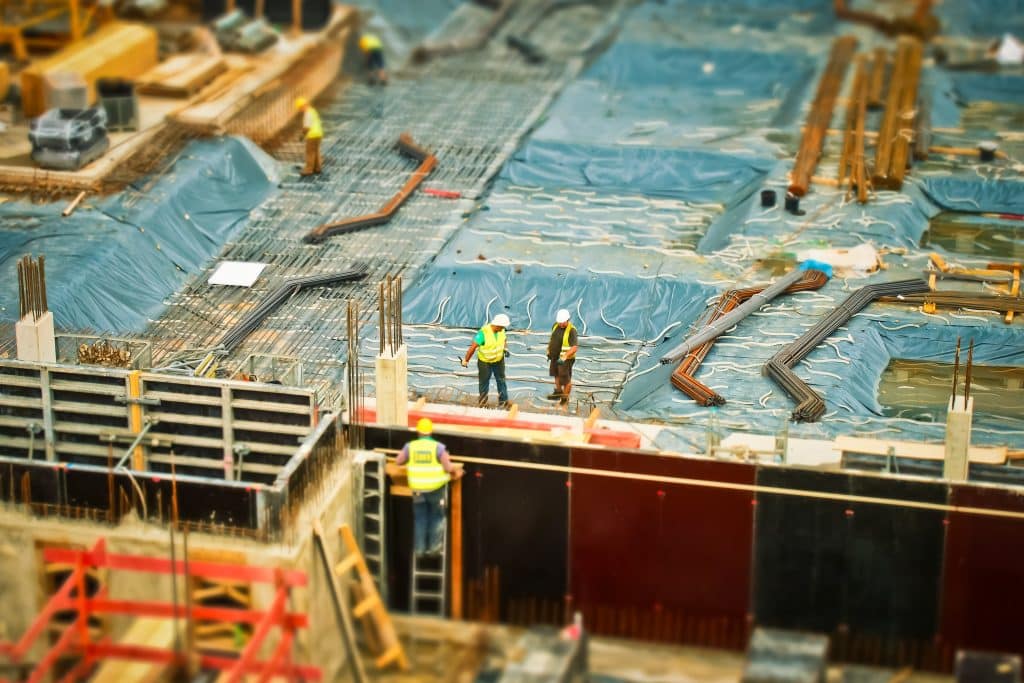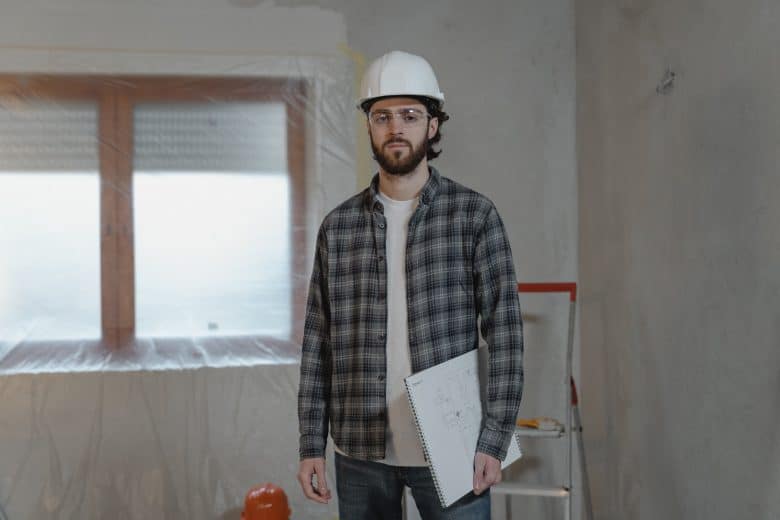The construction industry is one of the most dangerous industries in the US, with approximately 20% of injuries and fatalities at the workplace occurring within this industry. An Occupational Safety and Health Administration (OSHA) report found that 791 fatalities from private construction sites were reported in 2011 alone.
Whether you’re a contractor or just a worker, there’s always the chance of an accident happening. If you get injured on the job, you may be able to recover financially by filing a lawsuit against your employer with help from a construction accident lawyer Houston.
No matter how well-trained your employees may be or how much safety equipment you have on hand, accidents still happen. It’s important to have some idea of what legal recourse you have as an employer should one of your employees get injured on the job. To avoid accidents and injuries, it’s best to take as many safety precautions on the job site as possible.This article will discuss some key points you should know before anything happens.
Following OSHA Standards And Regulations
If you operate a construction business or manage a construction site, it’s imperative to familiarize yourself with OSHA safety standards and regulations. These guidelines are set in place to ensure the safety and health of your workers while they’re on the job, and management can easily brush up on them by completing HSR refresher training in NSW if they’re unsure how these guidelines impact their business and operations.

For example, according to OSHA standards, employers are required to provide their employees with adequate workwear like face-piece respirators for their particular job assignment. If one of your employees gets injured on the job because he or she was not wearing appropriate protective clothing, you may be held liable for damages or penalties if this is proven in court.
Common OSHA safety violations in the construction industry:
The number one violation was fall protection. OSHA requires proper fall protection equipment for workers who are six feet or more from a lower level. Specific requirements include the use of harnesses and lanyards, safety nets or guardrail systems. Nearly 7,000 fall-related violations were reported in 2016.
Other common issues included scaffold violations, ladder violations, hazard communication violations and machine guarding issues. The agency has also witnessed an increase in trench accidents due to a lack of proper shoring techniques.
Construction Safety Tips
Wearing Protective Work Gear
If you work in the construction industry, you’ve probably heard about ANSI compliant workwear. In fact, you may already be wearing it. But what does it mean to be ANSI compliant? What standards are being met, and who sets them?
If you haven’t heard of ANSI, here’s a quick primer. The American National Standards Institute is a private nonprofit organization that sets standards for products and services in the United States. These standards are voluntary, but they’re widely recognized by businesses and government agencies. The ANSI/ISEA 107-2015 standard covers high visibility safety apparel and headwear.
Ensuring the safety and well-being of workers on a construction site extends beyond adherence to protocols and wearing the right protective gear. It’s also about investing in the right equipment that can mitigate daily risks and enhance overall workplace safety. Among these essential investments are extreme standing mats, designed to provide crucial support and reduce fatigue for workers who spend long hours on their feet. For a deeper dive into how these mats can transform your site’s safety measures, feel free to go to website and explore a range of options tailored for construction environments.
According to OSHA regulations, employers are required to train workers who may be exposed to hazards on a construction site to recognize and avoid those hazards. This includes training for workers who must wear high-visibility garments on the job. In fact, if your employees are working around moving vehicles or equipment, there’s an excellent chance they’ll need some sort of high-visibility attire.
In addition to training your employees to identify hazardous situations, it’s your responsibility as an employer to provide them with appropriate PPE (personal protective equipment) to protect them from those hazards. Moreover, Protex AI underscores the significance of hi-vis detection in aiding companies to determine whether employees on-site are wearing high visibility safety apparel or not.
Being Aware of Your Surroundings
A lot of accidents happen because people are not paying attention to what they are doing or where they are walking. In order to work safely at a construction site, you need to be aware of what is going on around you at all times. This means avoiding areas where heavy equipment is operating or where large objects may be dropped from heights. It is also important that you get out of the way of moving vehicles and equipment so that they don’t run into you.
Keep a positive attitude towards safety
This may seem like common sense, but it is important to keep your mind focused on being safe at all times. This can be hard sometimes because many jobs tend to get monotonous and boring after a while, which can cause you to become distracted and make mistakes that could lead to accidents.

Provide Workers with Training
Workers need to know how to handle themselves on the construction site, as well as how to handle different scenarios. For example, they should know what to do in case of an emergency situation or if they come across dangerous equipment. When workers have been trained on how to handle such situations, then they will be able to protect themselves from injuries.
Do not use damaged tools or equipment.
Check your tools and equipment before using it for cracks or damage that could result in breakage or injury during use. Report any damages immediately so proper action can be taken. Defective equipment can be dangerous and lead to serious injuries if not used properly or improperly maintained by management. This includes everything from ladders and scaffolding down to hand tools like hammers and saws! Only hire access equipment that passes the construction equipment standards to prevent any accidents while using the equipment.
Takeaway
If you become aware of potential danger and take the necessary precautions, you can decrease the chances of an accident occurring. If you experience any difficulties at work or if you are injured on site then we will be here to guide you through it all. It’s best to contact your supervisor immediately so that they can deal with the situation and help keep everyone else safe. The success of your company will likely depend on how well you protect your employees. Of course, accidents almost always require medical attention, which means that a trip to the hospital may be in order. Also, don’t forget to consult a construction accident attorney if you have been injured at work!











Construction sites pose various risks, and this topic provides practical safety tips to mitigate them. From hazard awareness and proper equipment usage to maintaining a clean and organized work environment, these tips help create a safer construction site for everyone involved.